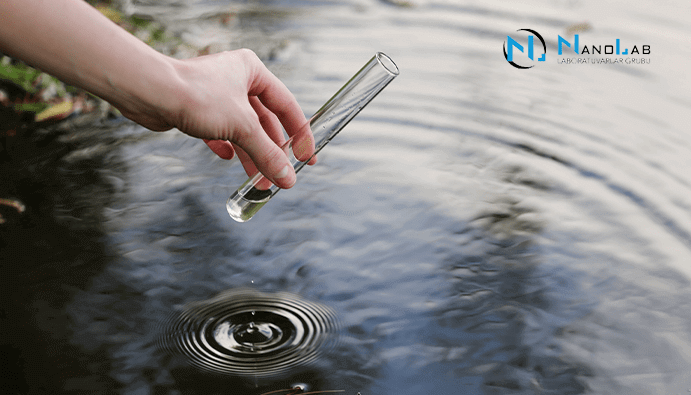Water Analysis
While sampling for water analysis, spot samples are taken for most water bodies. However, if pollutants are affected by flow conditions and time-dependent changes, water samples are taken at flow rate or time rate. In deep waters, coastal areas and lakes, water samples can be taken from different depths.In the measurements made at the source of the water, physical and chemical parameters such as water flow, temperature, conductivity (salinity), dissolved oxygen, pH and transparency are used.
In the measurements made in the laboratories, there are many points to be considered in the storage and transportation of the water sample. First of all, there should be no residual contaminants in the tools and sample containers used. Transport and storage conditions should not cause the chemical properties, purity and change of the sample water. In addition, the water samples taken should be stored in the dark between 1-5 degrees and analyzed within 24 hours at the latest.
To establish environmental quality standards, the analytical methods used must be sufficiently sensitive or precise. For this, CEN/ISO standards or similar standards are used. The most important thing is that the laboratory has the EN SA ISO IEC 17025:2005 Laboratory Accreditation Competence Certificate.
Within the scope of physico-chemical analyzes, many different analyzes are made. A few of them can be counted as follows:
• Iron determination
• Nitrite determination
• Sulfate determination
• Chloride determination
• Determination of free chlorine
• Total chlorine determination
• Ammonium determination
• Oxidisability
• Determination of conductivity
• pH determination


